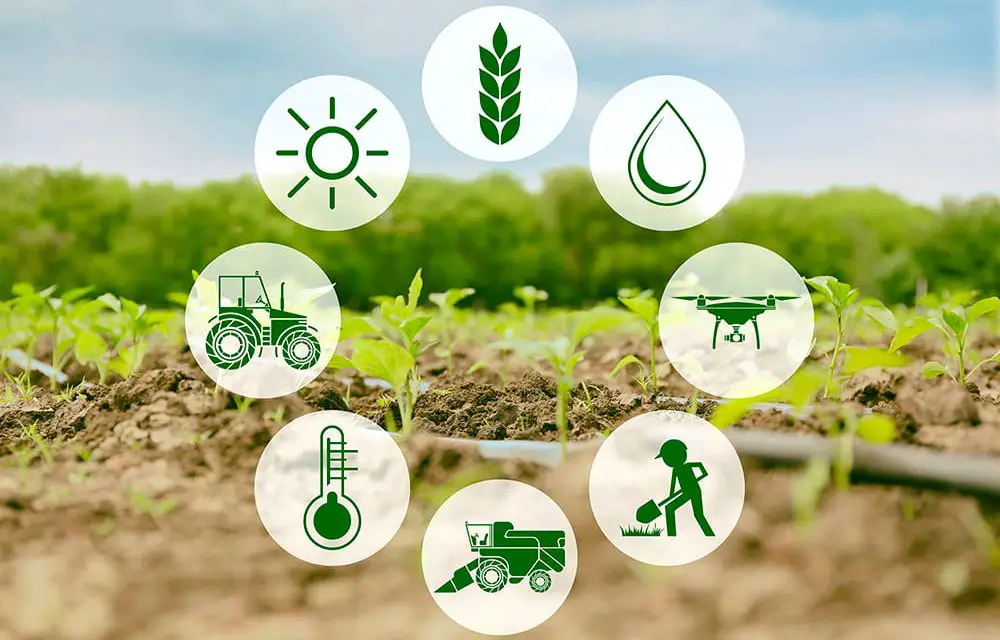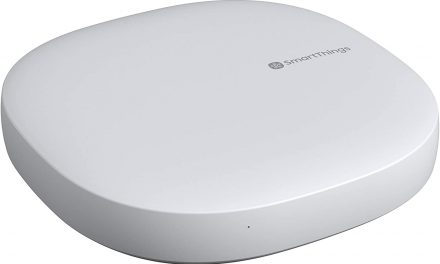Agriculture has seen the introduction of computerized means of making the process more efficient. This has been achieved through the use of new technologies such as cloud computing and the Internet of Things (IoT). This article will explain on the various IoT agriculture sensors that are making the agricultural sector more and more efficient.
Before we explain the various IoT agriculture sensors, let us first define IoT Agriculture.
Table of Contents
What is IoT Agriculture?
IoT agriculture is defined as the application of modern Information and Communication Technologies such as embedded systems, the Internet of Things and cloud computing and in agriculture. This results in food being growing more efficiently and at a cheaper cost – in the long run.
During the 20th century, mechanical innovations were used to address the growth in the population. The invention of the combustion engine revolutionized the transport industry, as well as the agricultural industry as there was the introduction of the tractor as well as the combine harvester. These are highly efficient devices that were able to boost food supply as the farmer was able to plant much more land than he would using cattle and other manual means.
The 21st century, through breakthroughs in medicine has led to an increase in the average lifespan of a human being as well as the reduction in infant mortality rates. This therefore means that more people are being born and surviving into adulthood, and more adults are surviving for longer. It is estimated that the global population will reach 9.6 billion by 2050, and some experts claim that the number could even be higher, reaching up to 10 billion. This therefore means that the agricultural industry needs to use new innovations to keep up with the ever growing population, and smart IoT agriculture sensors have been used to address this.
Benefits of Adopting IoT Agriculture Sensors
1. Climate Conditions
The climate plays a crucial role in farming. It is essential for a farmer to know the climate conditions in order for the farmer to make good decisions to allow him or her to get a maximum yield. IoT agriculture sensors are placed inside and outside the fields and collect data from the environment. This results in an IoT agriculture ecosystem which will have sensors that detect real time weather sensors such as humidity, temperature, rainfall, pH and other parameters. As a result, the farmer will be equipped with knowledge on which crops best suit his field, as well as the condition of the crops already in his field.
2. Precision farming
This is the most widespread application of sensor based IoT agriculture. This allows the farmer to produce a maximum yield. This is achieved through analysing the data produced by the IoT agriculture sensors, then performing intelligent decisions based on that data.
3. Data Analytics
IoT Agricultural Sensors produce data on a large scale. The data is then analysed on a cloud platform and is transformed into meaningful information. The data analytics helps in the analysis of weather conditions, crop conditions as well as livestock conditions. This allows predictive analytics which arms the farmer with knowledge which will help him make better decisions during the harvesting stage. Trend analysis also helps the farmer know of upcoming weather conditions and helps him or her immediately take preventative actions.
4. Waste Reduction
Through the use of IoT agriculture sensors, the farmer is able to see any anomalies in the growth of the crops. This allows the farmer to take preventative actions, thus, reducing waste that would have otherwise occurred.
5. Efficiency
Through the use of IoT Agriculture sensor based devices, the farmer is able to automate his or her processes. These include irrigation, pest control, and fertilizing. This ensures that only the sufficient amount of each resource e.g. water is fed to the plant.
Types of IoT Agriculture Sensors
There are various types of IoT agriculture sensors. These are listed below:
- Soil moisture sensors
- Relative humidity sensors
- Temperature sensors
- pH sensors
- Climate monitoring sensors
Applications of IoT sensors
1. Wireless Farming Sensors
An Israeli company, Phytech has implemented the use of wireless IoT agriculture sensors. These sensors are attached to a growing stem or fruit in order to directly monitor the vital signs of the plants. These sensors are used to measure the micro variations in the diameter of the plant’s parts, and these are an indicator of growth as well as hydration.
This sensor can then be combined with other sensors to detect the local weather conditions, the soil moisture as well as the exact water amount delivered by the irrigation system. All these will help to provide a detailed analysis of the health of the crop. The data is collected, encrypted and sent to Phytech’s cloud server over a cellular network, and allows the farmers to view real time data as well as to analyse trends through the website as well as the Phytech mobile app.
2. Irrigation Soil Sensors
Another Israeli company, CropX uses the soil maps which are uploaded to its cloud servers. These are then used together with the data from the soil moisture sensors planted in the ground according to the zoning map generated by the software. The system then provides a watering plan that is tailored to the specific needs of the soil in each zone. This means that the plants get only the water they need, thus, resulting in conservation of water, which translates to cost savings.
3. Temperature sensors
Bosch has asparagus farming sensors. The crop, asparagus is very sensitive to the temperature conditions of the ground in which it is grown. This company has IoT based temperature sensors that frequently measure the temperature of the asparagus bed at different levels and stores the data in the cloud. This allows the farmer to access the information pertaining to the temperature of the soil in his asparagus bed, and take any relevant actions if the temperature is seen to be out of range.
Conclusion
This article was all about IoT agriculture sensors. The definition of IoT agriculture was given, the various types of IoT agriculture sensors were listed. The various applications of the IoT agriculture sensors were also given. We hope you enjoyed the article!


![IoT Sensors [Types of Sensors & Uses]](https://greenthrottle.com/wp-content/uploads/2020/05/IoT-Sensors-440x264.png)


